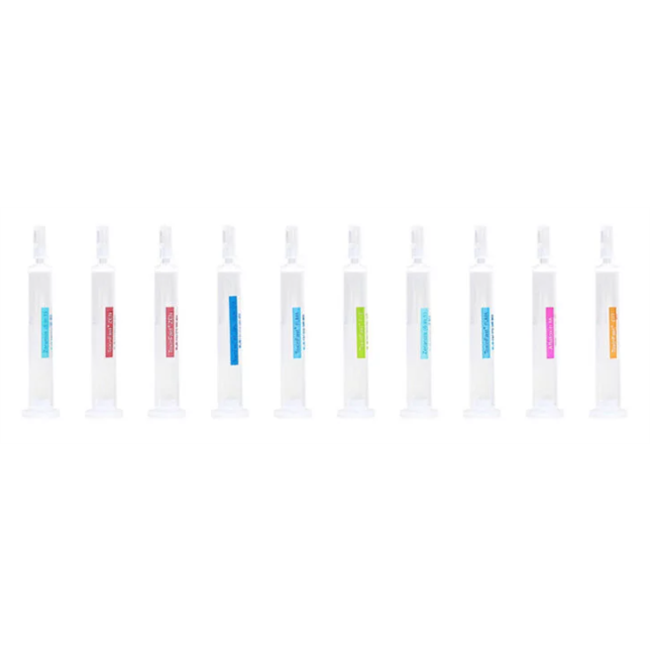
The immunoaffinity column can selectively adsorb Deoxynivalenol (Vomitoxin, DON) and 15-acetyldeoxynivalenol (15-ADON), and has a highly targeted purification effect. Samples that have passed through the column for purification may be used in HPLC, LC-MS/MS and other devices for analysis after concentrating with nitrogen gas.
Affinity columns can be used
in combination with HPLC or LC-MS/MS to achieve rapid testing, and to increase
signal-to-noise ratio and improve the accuracy of the detection method.
DON belongs to the
single-endomycin family of molds and is produced by certain Fusarium fungi.
15-ADON is derivative of DON. These toxins are mostly distributed in grain
seeds such as wheat, barley, and corn. Due to their high cytotoxicity and
immunosuppressive properties, they pose a health threat to humans and animals.
The basis of the measurement
is the antigen-antibody reaction. Antibodies are connected to the column and
the aflatoxin in the sample is extracted, filtered, and diluted, and then
passed slowly through the aflatoxin immunoaffinity column. The toxins bind to
the antibodies in the column and the immunoaffinity column is then washed to
remove other unrelated substances that have not been bound. Deoxynivalenol is
then eluted with methanol and injected into an analytical instrument for
detection.
Specifications:
|
Sample
Type |
Grain seeds
such as wheat, barley, and corn |
|
Packaging |
25 Tests/Kit
(Also available as 50T – call for pricing) |
|
Storage |
The storage
temperature is 2-8°C |
|
Shelf life |
The validity
for this kit is 18 months |